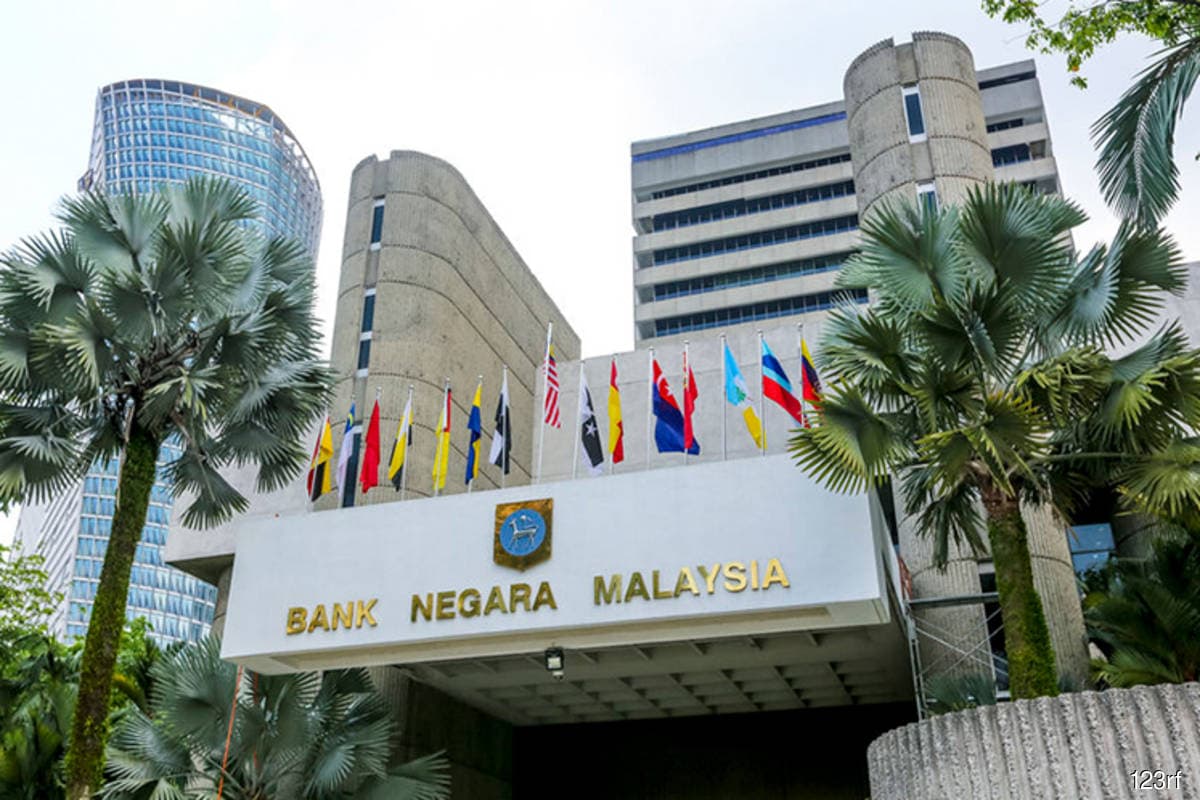
KUALA LUMPUR (March 4): Economists no longer expect another rate cut after Bank Negara Malaysia (BNM) kept the overnight policy rate unchanged at 1.75% today.
In a note today, JP Morgan’s economist Milo Gunasinghe said BNM’s announcement today highlighted economic growth improving from the second quarter onwards, while inflation is expected to average higher this year, partly due to base effect impacts on higher global oil prices.
“Given the anticipated economic recovery from 2Q21 onwards, the easing in loan repayments from the existing debt moratoria and targeted repayment measures, together with the risk of financial instability, we think BNM will likely stay on hold throughout 2021,” he said.
Meanwhile, OCBC Bank’s economist Wellian Wiranto said he no longer anticipates a rate cut by the central bank anytime soon, and the baseline scenario of some recovery coming through points towards the high possibility that the Overnight Policy Rate (OPR) would stay unchanged for the rest of the year.
“To us, the BNM’s thinking at this point appears to be: Growth is ticking up enough and hence, there is less need for more easing, and the potential of global financial market volatility has gone up – even if only slightly – so why risk it?” he said.
UOB Global Economics and Markets Research’s senior economist Julia Goh and economist Loke Siew Ting also concurred with Wiranto’s predictions on the OPR.
“Although BNM continued to highlight potential downside risks and reiterated that future monetary decisions will be data dependent, we think that today’s assessment painted a less negative outlook compared to the previous assessment in January,” they said in a note.
Despite expectations of further improvements in the second half, they believe underlying economic conditions are unlikely to warrant any rate adjustments this year.
“Despite our expectations for a pick-up in gross domestic product (GDP) growth to 5% in 2021, we expect parts of the economy will continue to face challenges, unemployment rates to stay elevated above pre-pandemic levels, and spare capacity to prevail this year,” they added.
Meanwhile, HSBC Global Research’s ASEAN chief economist Joseph Incalcaterra said with the relaxation of lockdowns, improving data and the chance of further fiscal support, he expects the OPR to remain unchanged this year.
“BNM’s today's statement was broadly neutral, albeit slightly more upbeat compared to January, hinting at fewer downside risks,” he said.
However, from a growth perspective, Incalcaterra said various degrees of lockdowns across the country have resulted in a sharp contraction in private consumption spending, which is the largest component of the gross domestic product (GDP), even if the measures are not as strict as those implemented last year.
“We accordingly cut our 2021 growth forecast from 6.7% to 5.2% (the government's forecast range is 6.5-7.5%, but this will soon be revised),” he said.
Meanwhile, CGS CIMB’s economists Michelle Chia and Lim Yee Ping, who earlier projected a 25 basis points cut in the first half, also revised their end-2021 OPR forecast from 1.5% to 1.75%.
Aside from diminishing uncertainty over the movement control order (MCO), they believed the steepening yield curve – reflecting both higher GDP growth and inflation expectations – likely negates the need for further accommodation in monetary policy.
“Economic recovery and inflation expectations have risen, reflected by the steepening yield curve, though BNM viewed price increases as transitory,” they said.
They, however, expect BNM to downgrade its GDP growth forecast range, currently at 6.5% to 7.5%, when it publishes its Economic and Monetary Review later this month.
RHB Research Institute’s senior economist Ahmad Nazmi Idrus also revised the bank’s 2021 OPR view to 1.75% from 1.5%, as it opined that BNM will look past the softening of growth in the first half and focus on the recovery in the second half.
He, however, believes more sector specific measures could be announced by BNM in the first half to support growth, specifically, these could include ongoing support for the Small and Medium Enterprises (SMEs) and tourism-related industries.
Read also:
BNM keeps OPR at 1.75%, as expected